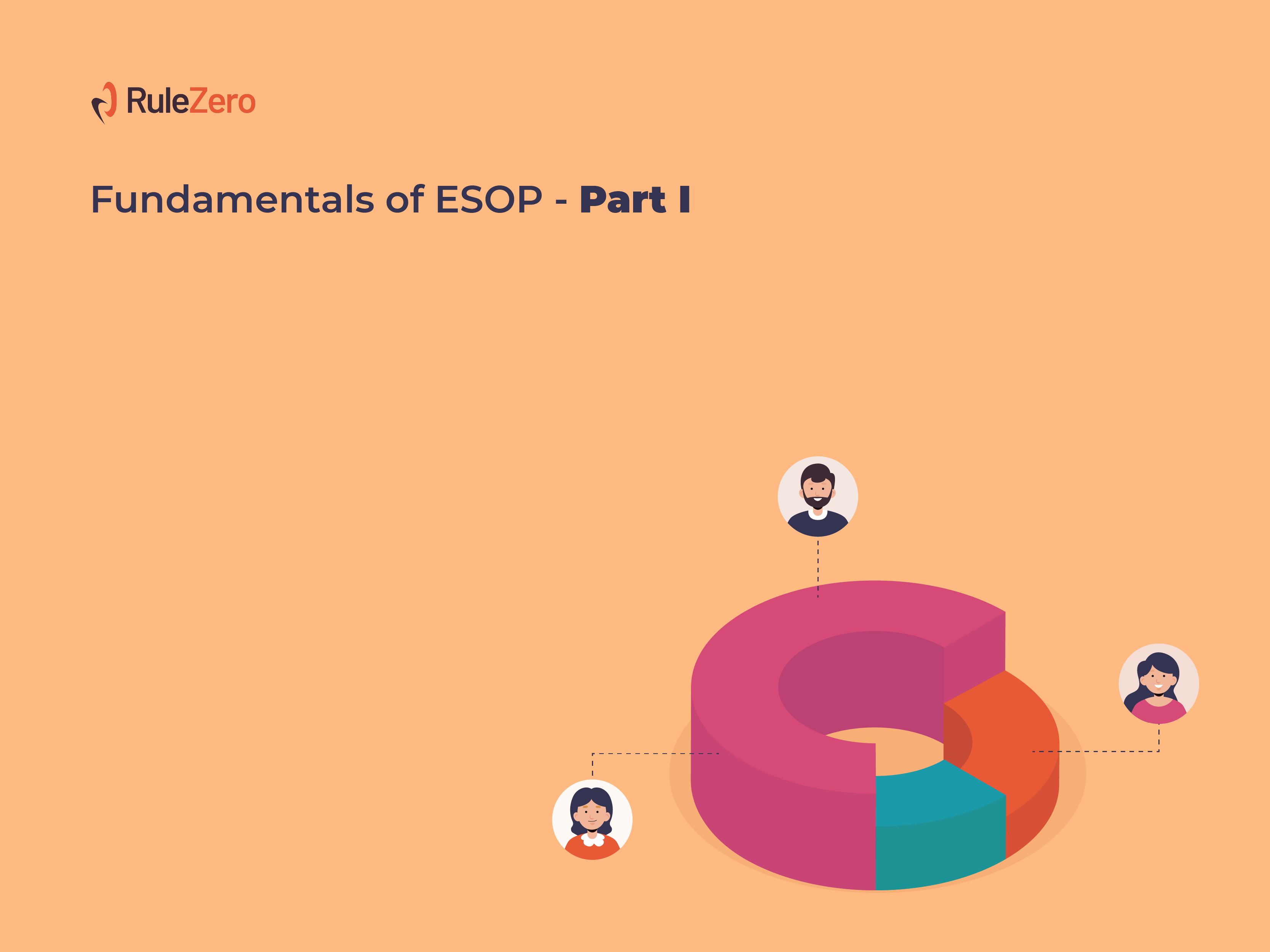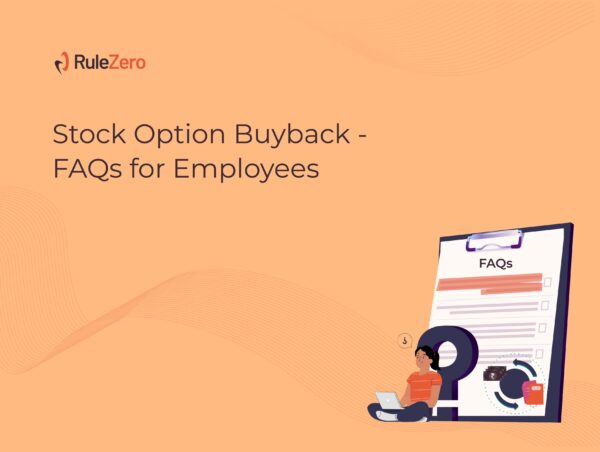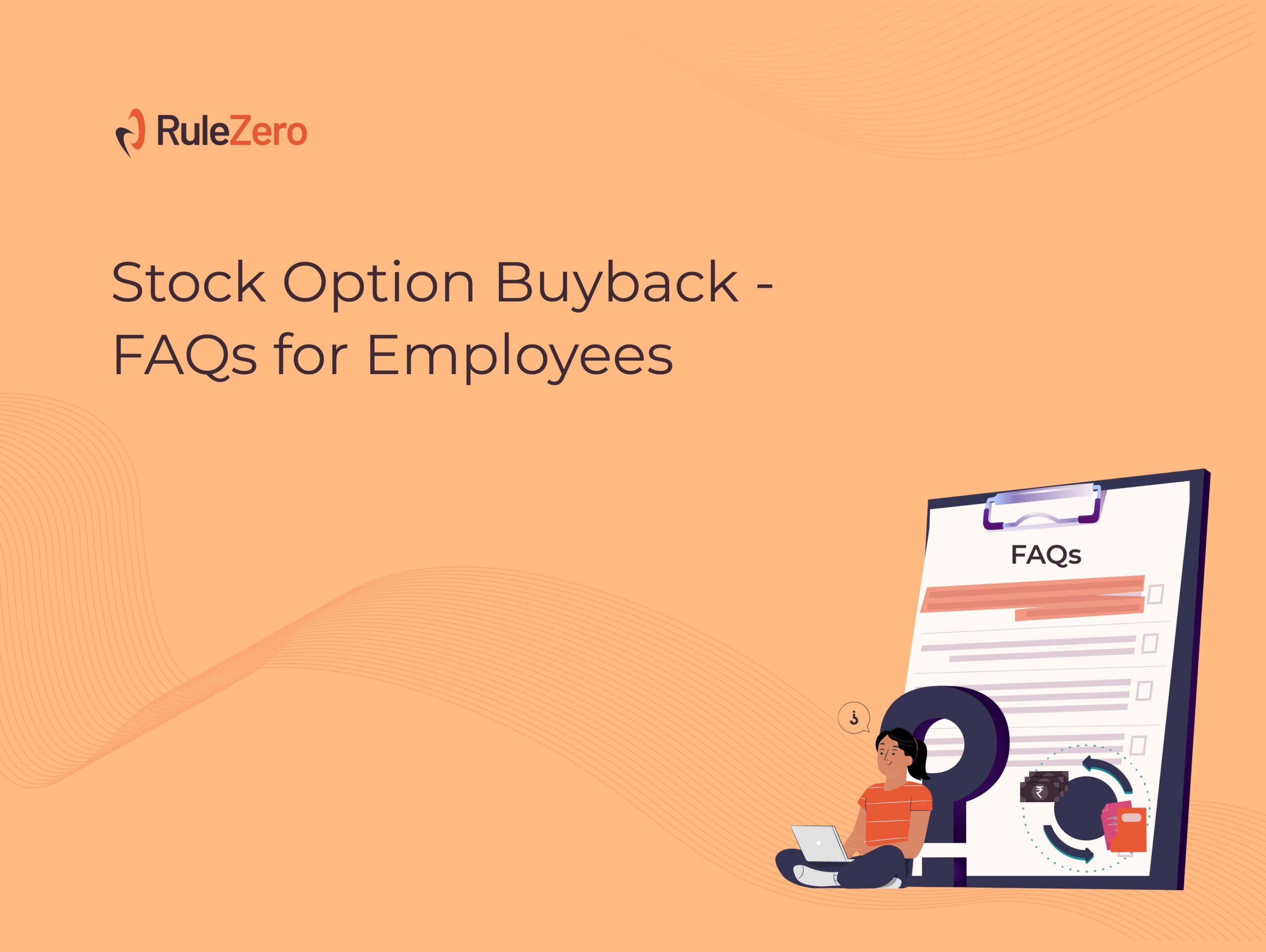Laila Khan and Ranveer Singh Padukone set up their eco-packaging venture in 2018 – Econative Packaging Private Limited.
A much-needed break came in early 2020 when popular packing materials became scarce during the initial phase of the Covid induced lockdown. Laila and Ranveer ramped up capacity quickly to ease supply-side constraints. Demand was created due to a shortage in supply of traditional packing materials. Demand continued even after the lockdown ended due to good quality and environmentally friendly products, more organised supply systems and the online presence created through social media marketing. Laila and Ranveer smelled an opportunity to go deeper into the market and add new packaging products for all kinds of use cases and for all kinds of products.
Econative had managed to create a great niche for itself. They decided to raise equity financing from professional VCs to support research and product development and for building a sales and marketing engine. Looking at the size of the market and what Laila and Ranveer had achieved, a marque global VC fund, D’Costa Ventures invested USD 10 million in a Series A round.
Econative is one of the sponsors of the Papernex exhibition in Noida. I bounced into Ranveer, my good old friend from the days of boarding, at the cafeteria. Ranveer was feeling happy and satisfied to share the progress of his venture. He mentioned that they are planning to introduce an Employee Stock Option Plan or ESOP for employees of the Econative family. He felt it was important to motivate his current team and bring in new talent. D’Costa Ventures had also insisted that they create a stock option pool.
Being a compensation consultant and adviser, I couldn’t hold myself from starting to explain the Whats, Whys and Hows of Employee Stock Options or Options, nuances of the Option process, the regulatory aspects and the practical challenges to Ranveer. Ranveer had already understood the importance of getting the Option structure right. He found and dragged Laila into our discussion. We decided to meet for dinner that evening.
In this Part of ESOP Series – Fundamentals of ESOP- Part I, we have clubbed the questions around the essence of Stock Option Plans.
1. So, what exactly are Employee Stock Options? and why are they issued?
What?
Simply put, Options are ‘rights’ granted to employees (and not obligations) to acquire the shares of the employer company at a fixed price (or Strike Price) against satisfaction of some conditions (Vesting Conditions). While the employee is not bound to exercise the Options, the company will be bound to honour the Grants as per its terms and conditions.
Why?
There are some tangible benefits: Employee ownership means that they participate in the growth of the company. This will therefore help attract and retain talent and incentivise employees to work for the growth of the company.
The Intangible benefits: There are a few intangible benefits. Firstly ownership in the company helps create an emotional connection with the company. Secondly, it is a way for the management to express the importance of the Grantees. Thirdly, if done well, company goals can be aligned with individual goals. This gesture goes a long way in, motivating the personnel, team building, reducing attrition and improving the “employee brand” of the company.
2. What is a share?
A share is a part of the capital of the Company. Loosely speaking the shareholders are the “owners’ of the company. The ownership is divided into shares. Again, very loosely put, if the company has 100 shares and I own 1 share, I can claim to own 1% of the company.
3. Are there different kinds of shares?
Yes, there are different kinds of shares. Broadly, there are equity shares and preference shares.
Preference Shares are issued to investors for capital invested.
Common shares, ordinary shares or equity shares are issued to founders and management. These are different names for the same basic type of share.
The key difference between the two is that preference shares have some special rights built in like “liquidation preference” and “anti-dilution protection”. Those are not relevant to the present discussion. In a good scenario – value of equity shares = value of preference shares. In a bad scenario, value is first apportioned to the holders of preference shares. The residue goes to the equity holders.
4. How are options and shares different?
An Option is a right to acquire a Share. An Option does not become a Share. When an Option is exercised, the holder of the Option acquires the Shares by paying the Strike Price.
5. Does an option holder have the rights of a shareholder?
An Option holder is not considered a shareholder of the Company and does not have the rights available to the shareholders of the Company.
6.Who can a company issue options ?
Indian law only permits companies to issue Options to employees and directors of the company and its subsidiaries (and holding companies). Globally it is a practice to issue options to advisors and consultants as well.
Indian law does permit companies to issue SARS of Phantom Units to advisors and consultants.
7. What are the different kinds of options?
1. Employee Stock Ownership Plan(ESOP): ESOPs are intended to encourage employees to acquire ownership in the company. Under this Plan, employees have the option to purchase the company’s shares in the future at a fixed discounted price. This means, employees can convert their options to shares at a price lower than the existing value of shares, the difference being the reward for the employees.
2. Employee Stock Purchase Plan (ESPP): Employees have the right to purchase the shares of the company at a discounted value. In few companies, an agreed percentage of the employee’s salary is deducted which is then aggregated to buy the company’s stock on scheduled dates in the future. Company law, IT, FEMA, SEBI govern ESOP in India. ESPP is also relevant only for listed companies really. ESPP may be there when Plans are implemented by trusts. In these scenarios they are no different from Option Plans.
3. Stock Appreciation rights/Phantom Plans: The Options do not convert to shares at a predetermined price. Instead, the employees receive the return either in the form of cash or shares equivalent to how much the stock has appreciated in value between two set dates i.e. the grant data and exercise date. The appreciated value is the difference between the market value of stock and the grant price between these dates.
4. Trust: The company sets up a trust to whom legal ownership of shares is granted. The Trust then grants beneficial ownership of the shares to the employees of the company. The Trust here acts as an intermediary between the employees and the company to carry out transactions regarding options. On exercising stock options, employees are granted all economic benefits of ownership of shares like the right to receive dividend, vote etc., while legal ownership remains with the Trust.
8. What are the different stages of stock options in the life-cycle of a plan?
Creation of a Pool. An option pool is the pool that is earmarked for making grants. The pool is expressed as an absolute number. For example:
Total number of issued shares: 900,000
Option pool size: 100,000
This means that the Option Pool is 100,000/(900,000+100,000) % or 10% of the company’s capital.
Adoption of a Plan. Grants may be made only under a Plan. The Plans are usually called “ESOP Plans” or “Employee Stock Option Plans”. SARS are granted under SARS Plans or Phantom Plans.
Making Grants. This is the act of telling an employee that he has received an Option. This is done by issuing a Grant Letter. The Grant Letter typically sets out the number of Options, the Vesting Conditions and Strike Price. Other material aspects may also be set out.
Vesting of Grants. Vesting is the process by which a Grantee’s right to acquire the underlying shares fructifies. Vesting is subject to satisfaction of some conditions called the vesting conditions.
The most common conditions for vesting are pure time-linked grants. The Plans generally provide for a four-year vesting (with the Grant vesting equally each year) with a one-year cliff. A cliff restricts the employees from leaving the company with shares after having worked for only a few months. Options granted without cliff puts the company at a disadvantage because the replacement hired may also need to be compensated with stock options. After the first year, the practice is varied. Vesting may be monthly, quarterly or annual, with quarterly vesting being the most common practice.
In some cases, you may wish to introduce individual performance-based criteria for the Options to vest. This can be the employees reaching a sales target, effective client engagement etc. The third condition can be event based. Here, Options could be linked to the company achieving some revenue targets, profitability, etc.
Exercise. Exercise is the act of subscribing to or purchasing the shares. This involves sending a letter of exercise and executing documents that are required to be exercised. Once exercised, the company issues shares to the Grantee and the Grantee becomes a shareholder. If the Plan is being administered by a trust, the trust transfers shares to the Grantee.
The ESOP policy of the company is put to the real test at this stage. It involves a substantial cash outflow for the individuals. If they believe in the potential of the company to give an upside, they would go an extra mile to acquire shares of the company, despite the heavy cash outflow.
Exercise of shares is considered as a taxable event in India. The gains made on exercise are taxed as employment income for the Grantee. An important point to note is that the individual has a right to exercise the Grants or stock options; there is no obligation or compulsion to exercise the right.
Buy-back of Options. Companies may run Option buy-back / surrender programmes for Options. These programmes provide liquidity to employees.
Disposal of Shares. If Options have been exercised, the final phase would be the sale of shares. The share sale may happen in four broad situations: (a) company facilitated acquisition of the shares by third parties, (b) company buy-back, (c) as part of the acquisition of the company and (d) sale by the Grantee post the IPO. Sometimes, Grantees are able to sell to private buyers prior to a listing of the company’s shares.
9. What is a stock option pool? How is the percentage of the pool decided?
The Option pool refers to the pool from which Options are granted. Typically, this is expressed as a percentage of the capitalisation of the Company. For instance, if the Company has issued a total of 90,000 shares and the Option pool is 10,000 shares, the Option pool is said to be 10% of the capital. What is relevant though from a practical perspective is the actual number of Shares earmarked for making grants.
Typically, Options that are exercised go out of the Pool. When Options are bought back by a company in a buy-back programme, again the Options go out of the Pool, unless the Board decides otherwise. It is logical for the Option pool to be reduced in this case, because it is as good as Shares being issued and then getting extinguished.
Option Pools typically vary from 5% to15% of the capital of a company; with a 10% range being most common. The pool size is decided based on the hiring plan of the Company within the next year or two.
Traditionally, Option pools were created as part of the first institutional round of equity financing. However, of late, companies have started earmarking pools pretty early.
The Option pool is divided into (a) Options to be granted, (b) Options granted but not vested, and (c) Options vested but not exercised.
10. Is a company bound to exhaust its pool?
No, a company is not bound to exhaust the entire Option pool. In fact the company is not obligated to even make a single grant. The Stock Option Plans and pools only enable the company to make grants.
11. What happens to the ungranted options in a pool?
If the Options are in an Option pool, the pool is simply extinguished. There is no effect on the actual issued share capital of the Company.
If the Options are being issued by an employee welfare trust or a stock option trust, and such trust already holds shares, the shares have to be disposed of in the manner provided in the trust deed under which the stock option trust or employee welfare trust has been set up.
12. Can a plan be amended?
A Plan can always be amended by a Company. However, the law provides that a Plan cannot be amended in a manner that is prejudicial to the Grantees.
13. Can a grant be amended?
The company can always amend a Grant in a manner that is favourable to the employee. If the amendment is not favourable to the Grantee, the Grantee’s consent will be needed.










